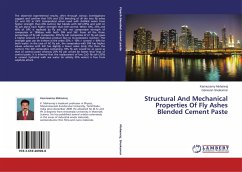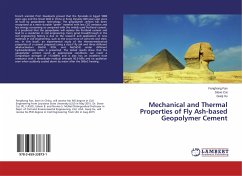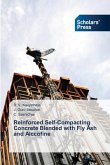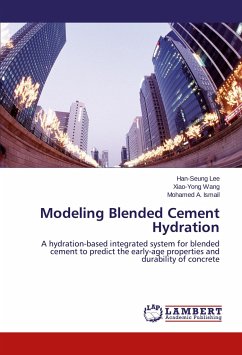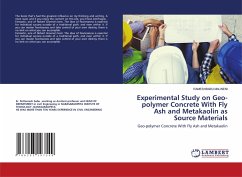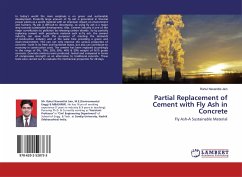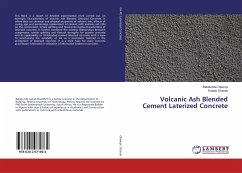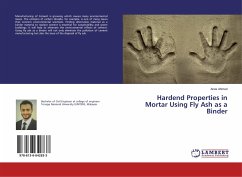The observed experimental results, after through various investigations suggest and confirm that 10% and 25% blending of all the two fly ashes (LC and HC) in OPC (composites) when used with distilled water have higher strength than DW control. But blends with SW (25%) and with LC fly ash alone have higher strength than DW control. When 10%, 25% and 40% of OPC is replaced by fly ash, the net compressive strength of composites at 180days with both DW and SW. From all the three percentage of fly ash composites, 25% fly ash composites of LC fly ash gives a higher amount of hydration product due to its pozzolanic reaction. The strength gain can be written in the order 25% 10% control 40% for both water. In the case of HC fly ash, the composites with DW has higher values whereas with SW has slightly a lower value (only 3%) than the control. The SW composites containing 10% fly ash would be as good as that of control paste whereas 25% fly ash would be better than that of control paste. It is inferred that the replacement of low CaO fly ash (25%) in cement hydrated with sea water (in salinity 35% water) is free from sulphate attack.
Bitte wählen Sie Ihr Anliegen aus.
Rechnungen
Retourenschein anfordern
Bestellstatus
Storno

